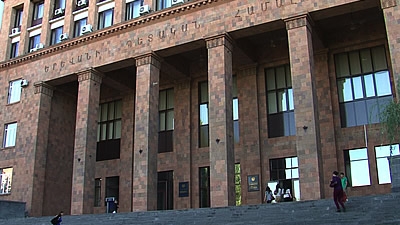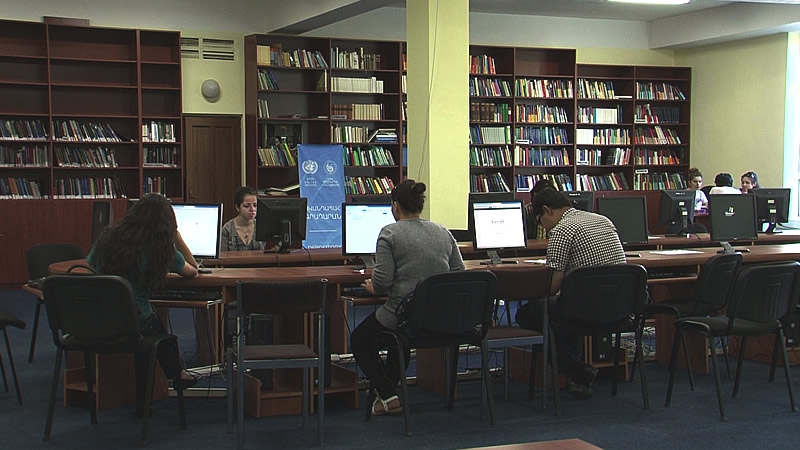The data of their findings is being uploaded and turned into a national report on progress made, as well as on reforms still needed for Armenia’s universities to meet the standards of the European Higher Education Area, or EHEA.
In addition to supporting quality assurance units within Armenian universities, the Education and Quality Relevance Project pays special attention to the professional and managerial qualifications of the academic and administrative staff, and to the policies related to staff recruitment and training.
In addition, this World Bank-supported project focuses heavily on student assessment, teaching and learning methods, and the availability of libraries and research centers.
“It will help us a lot to provide the mobility of the students and faculty and to deepen our cooperation with our European partners, as well as to install some new educative elements in the student exchange program,” said Larisa Avetisyan, Head of Quality Assessment Department at the State Medical University.
As Armenia’s universities increasingly reflect the standards of higher education institutions in other parts of the world, a growing number of EU countries are establishing links with Yerevan, and exchanges of students and teachers.
Esa Tormanen, a student from Finland, came to Armenia’s Pedagogical University to do research for his Master’s program back home.
“Finland is looking to increase the possibilities for educational exports, and Armenia is one of the partners that we have been working with. So for me as a Fin, it is interesting to come and see how the cooperation is handled,” Tormanen said.



